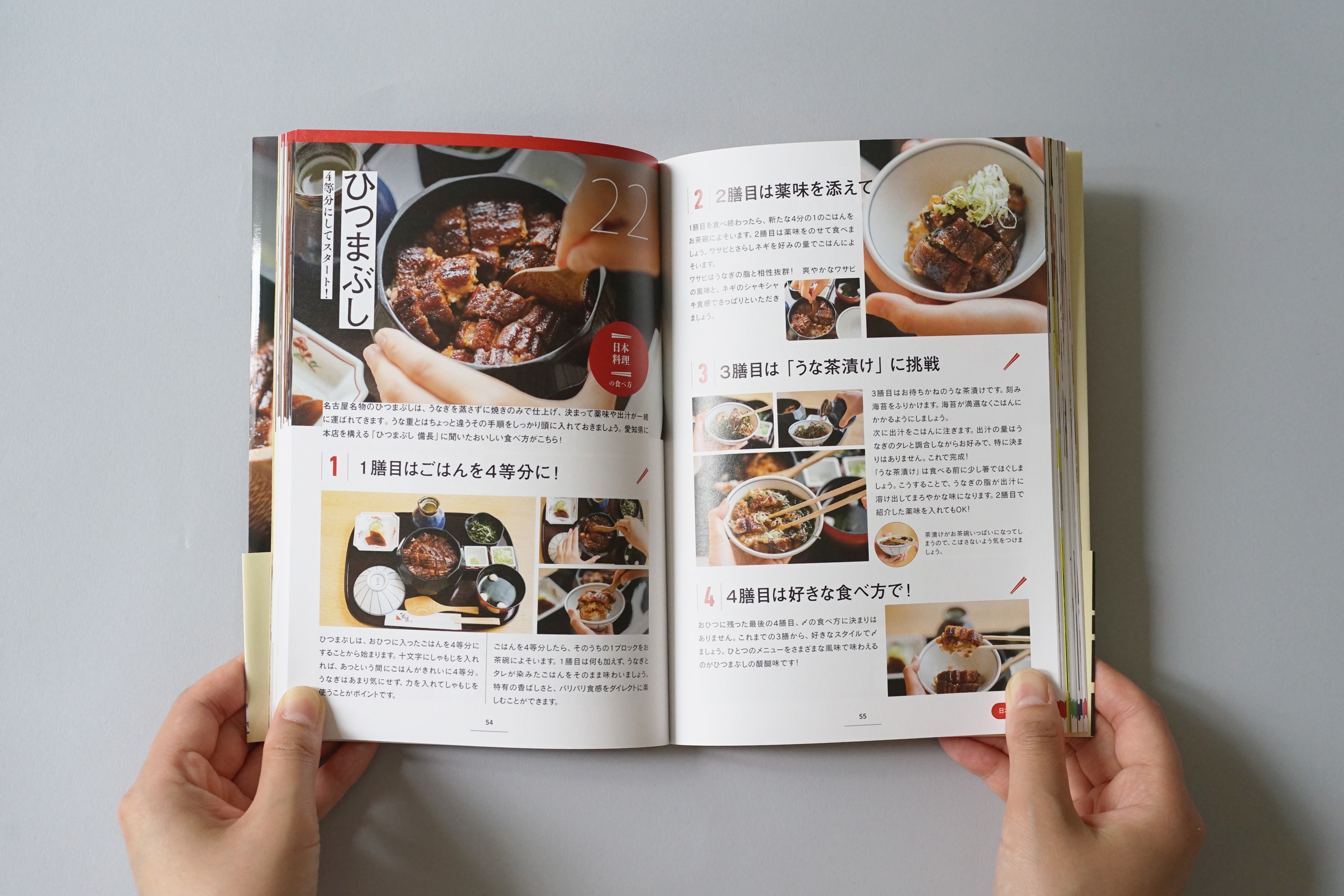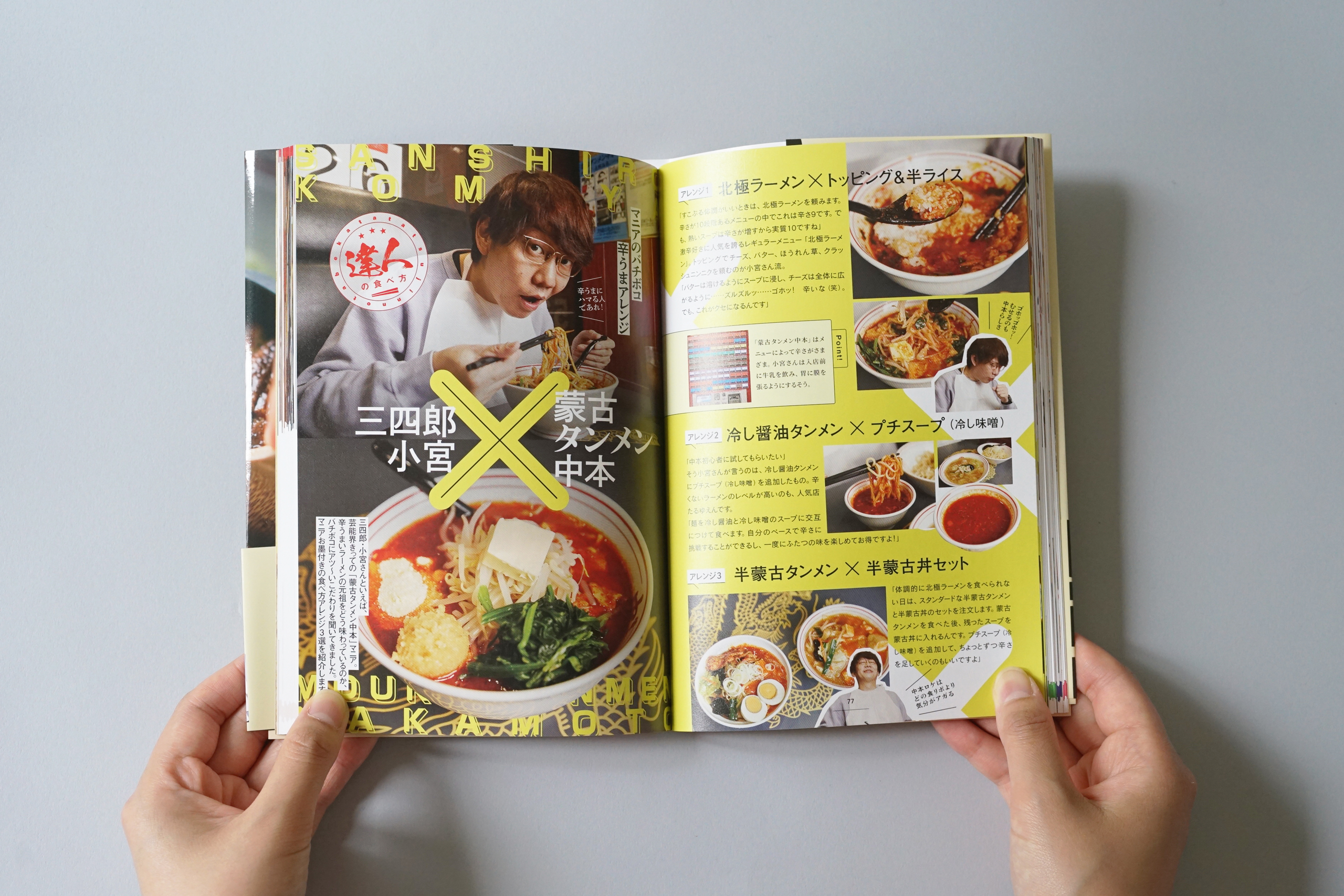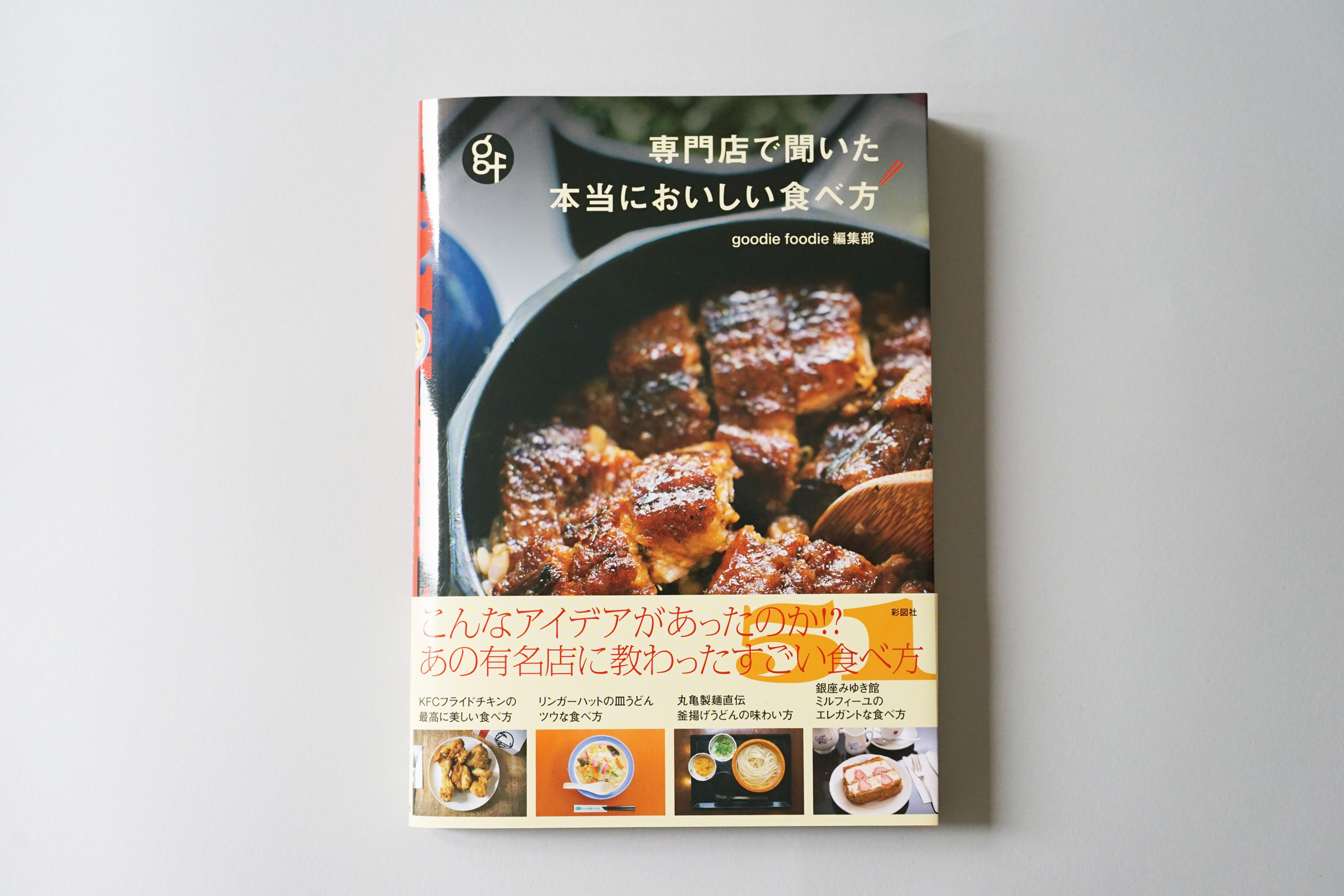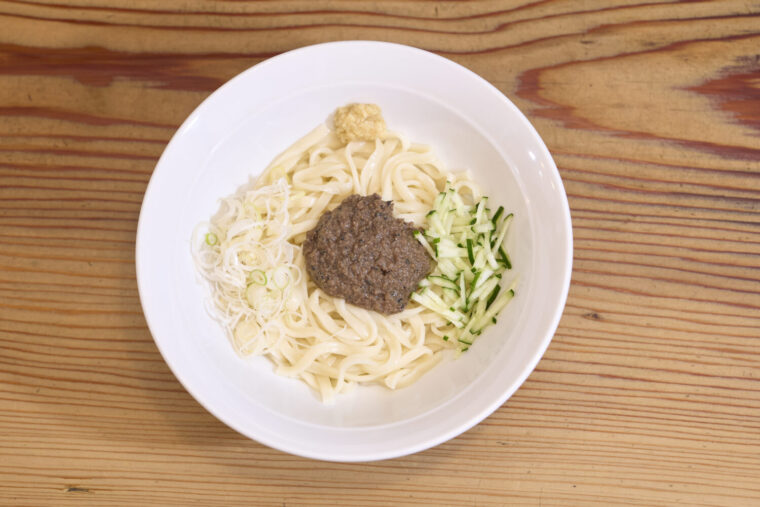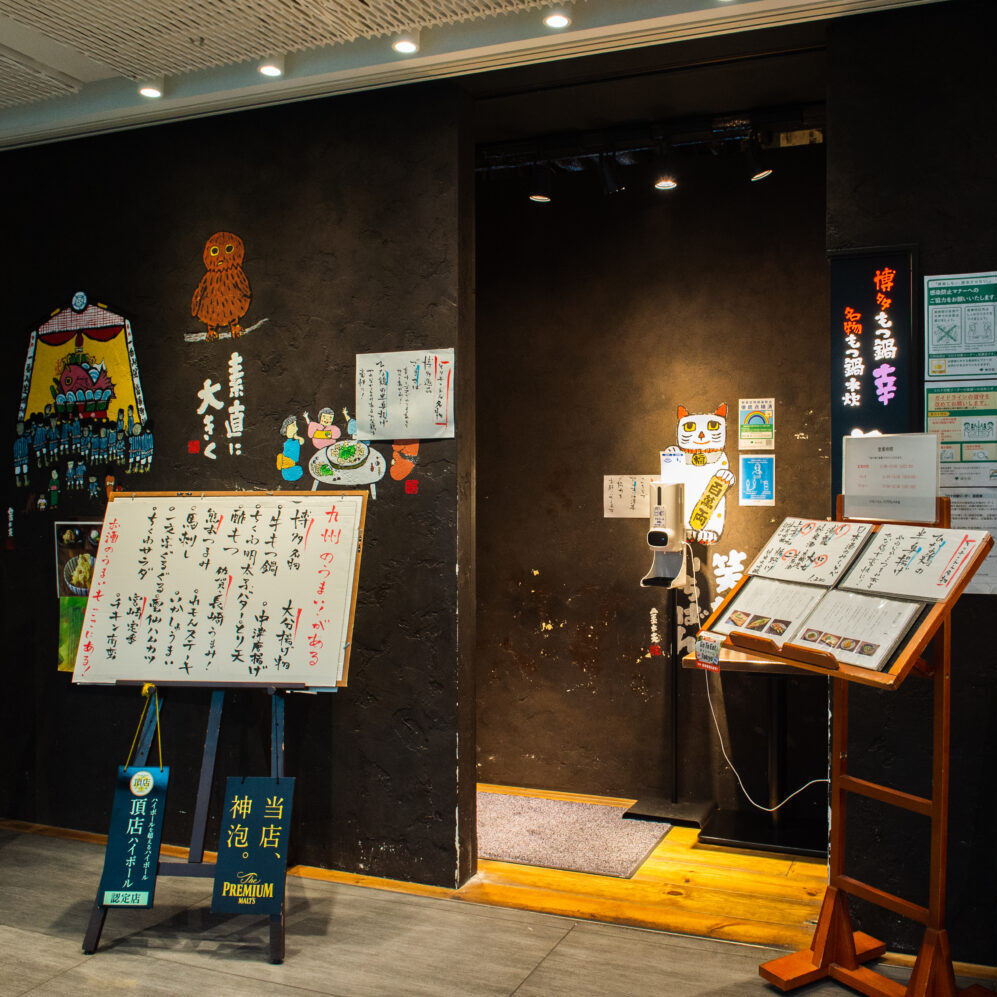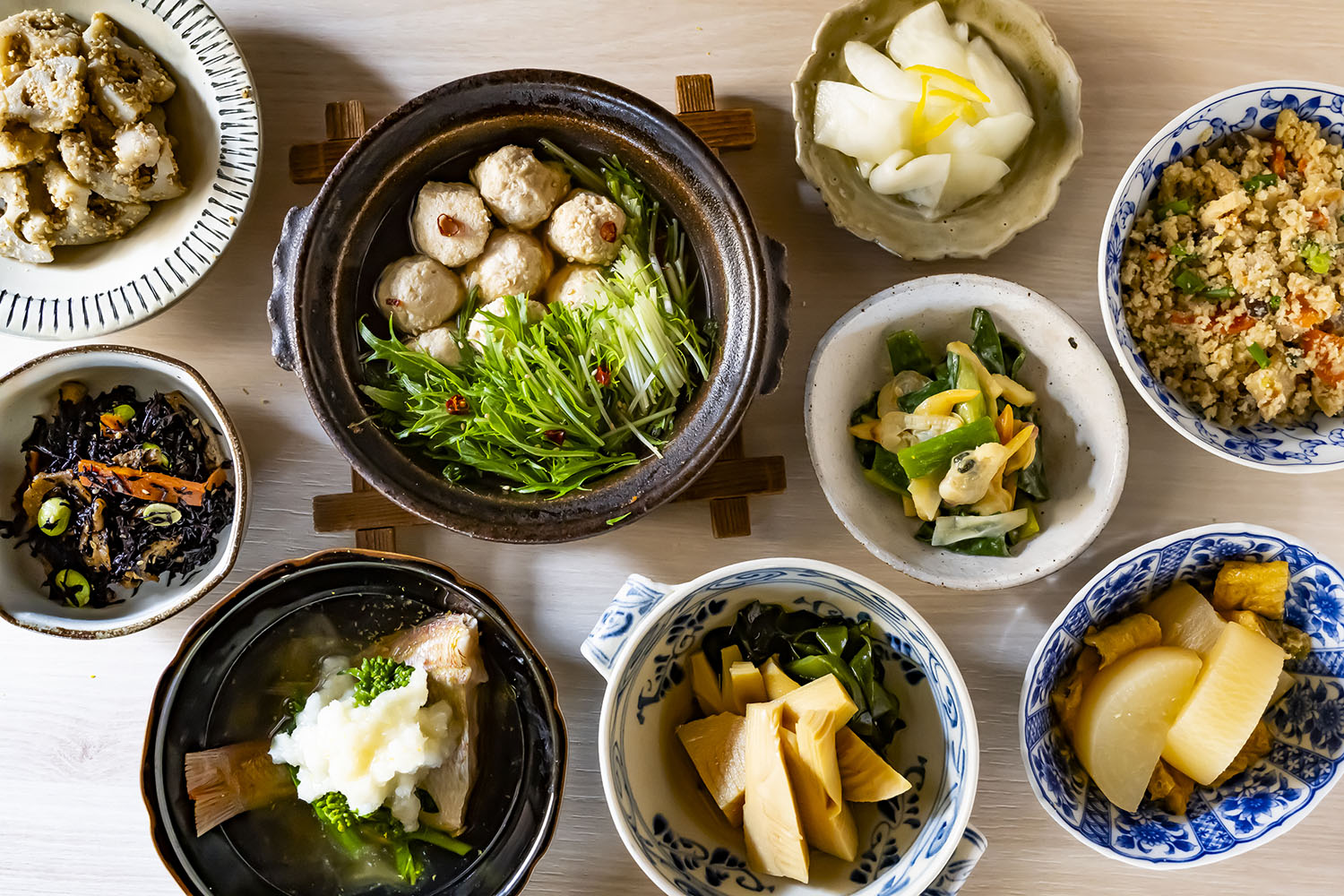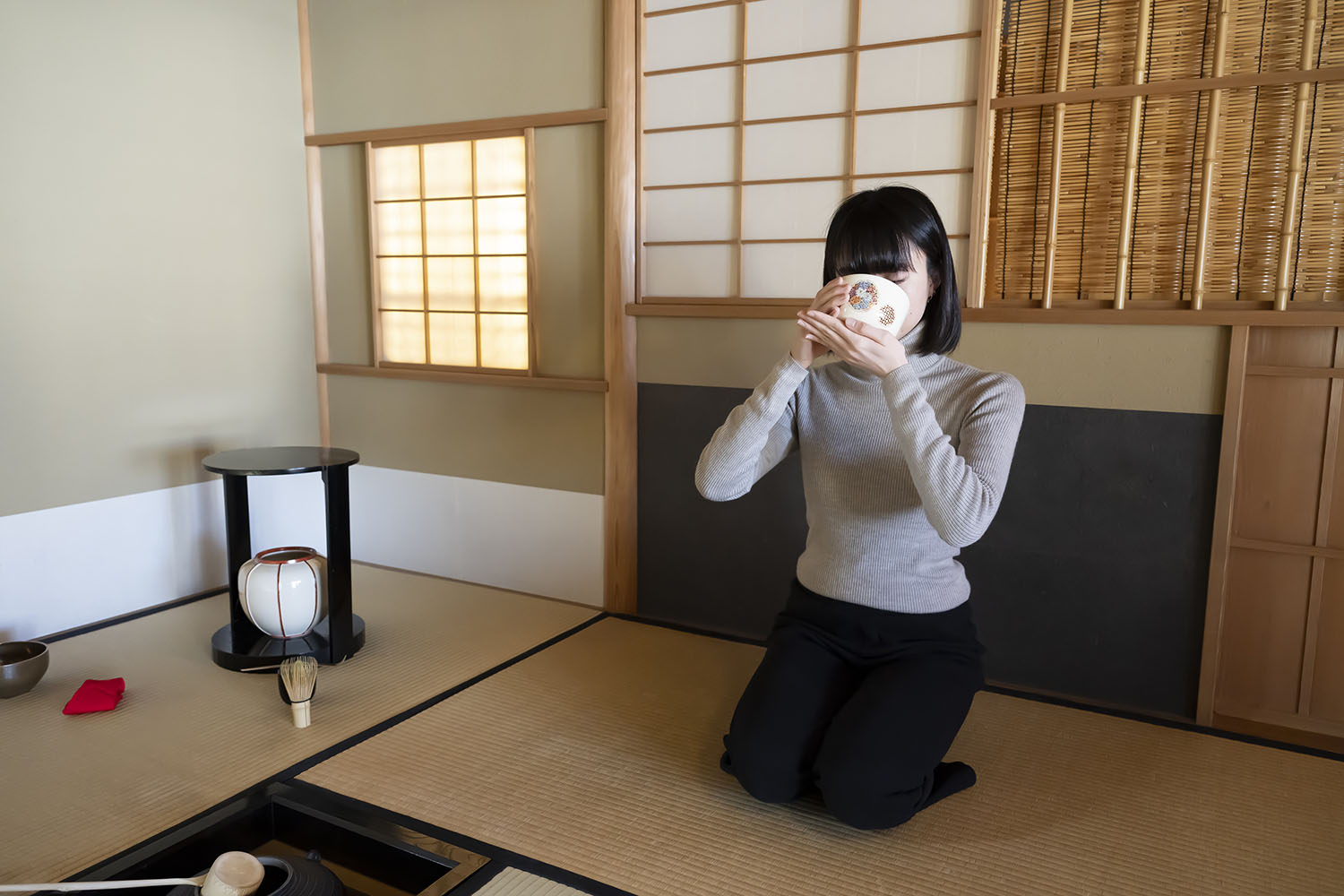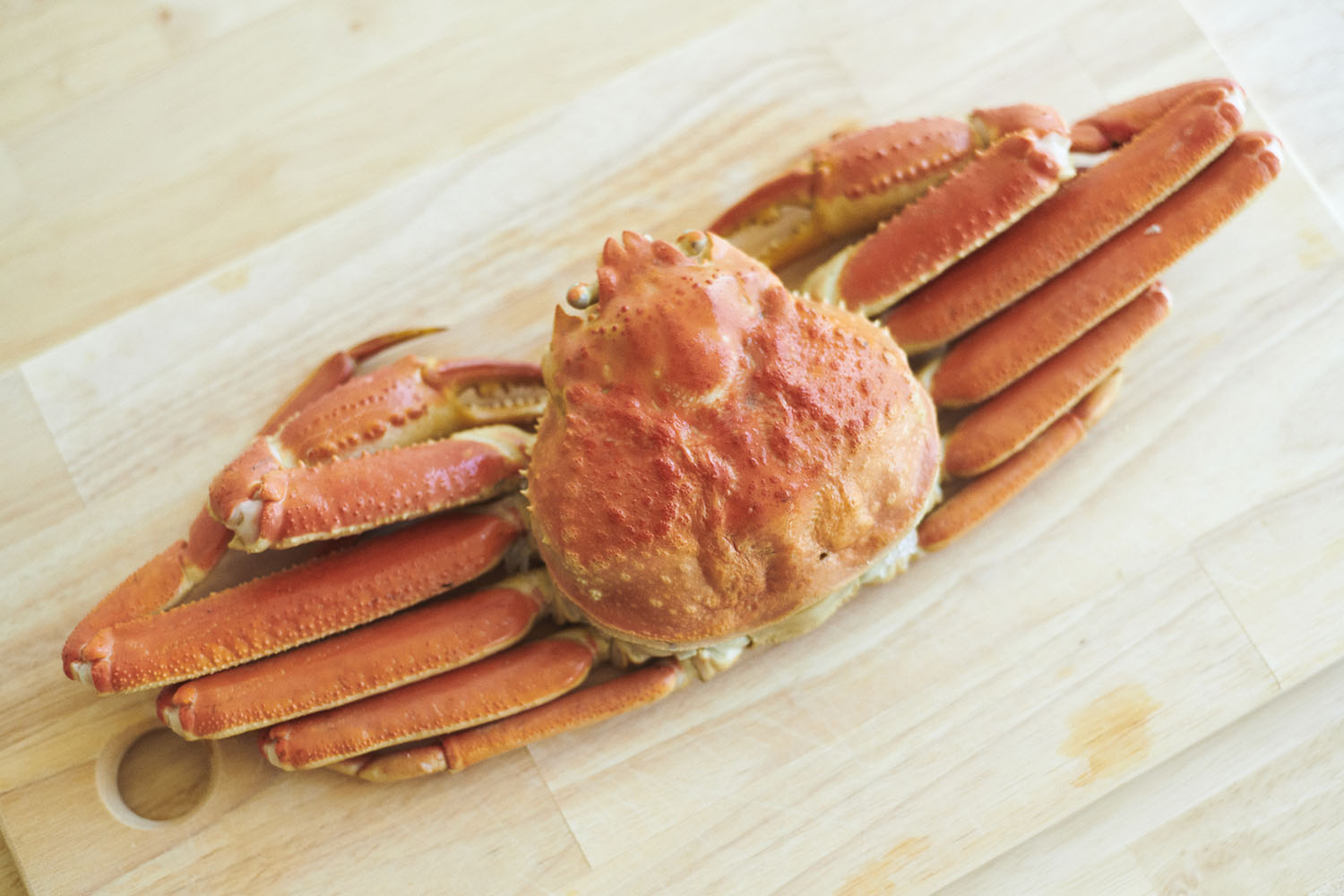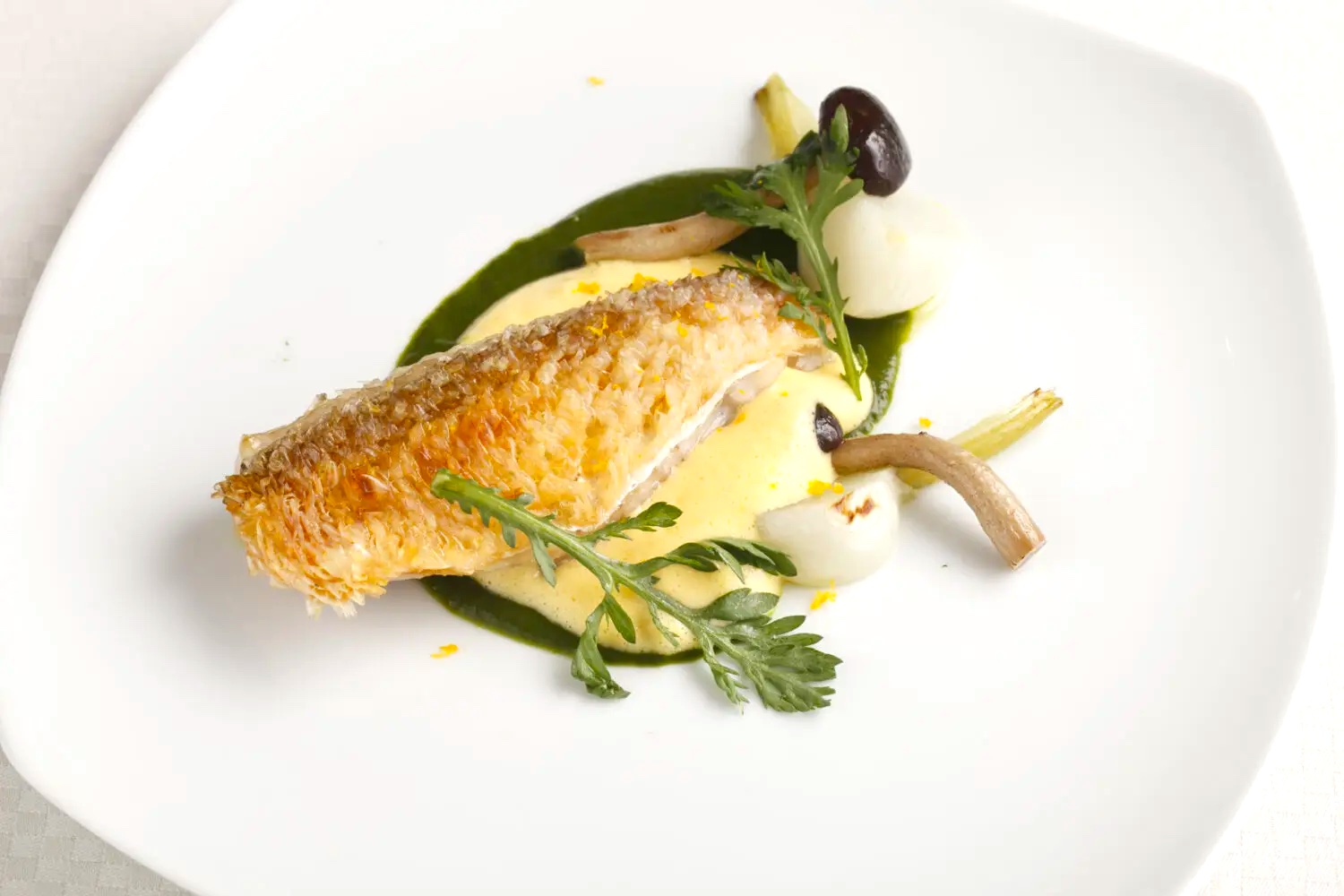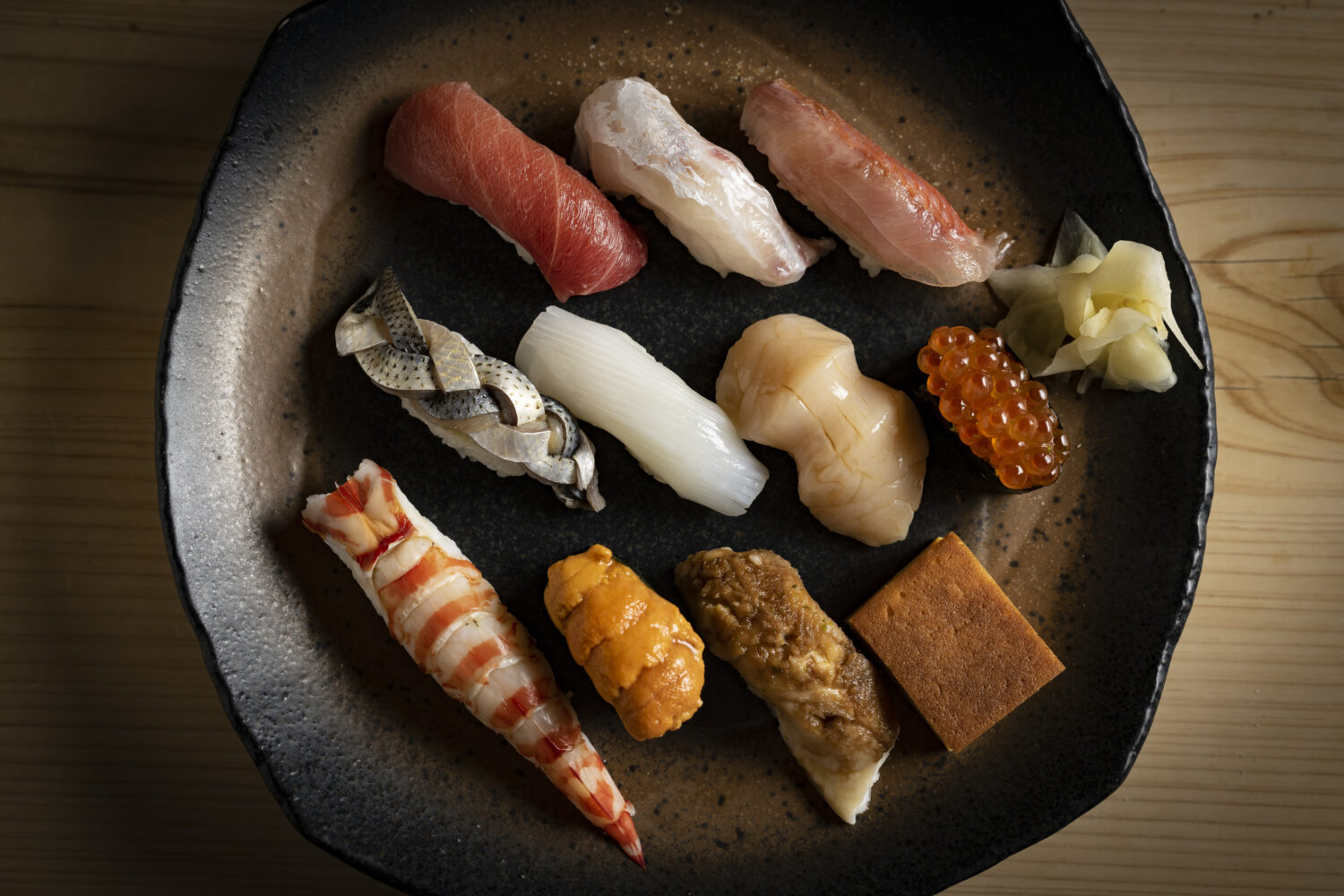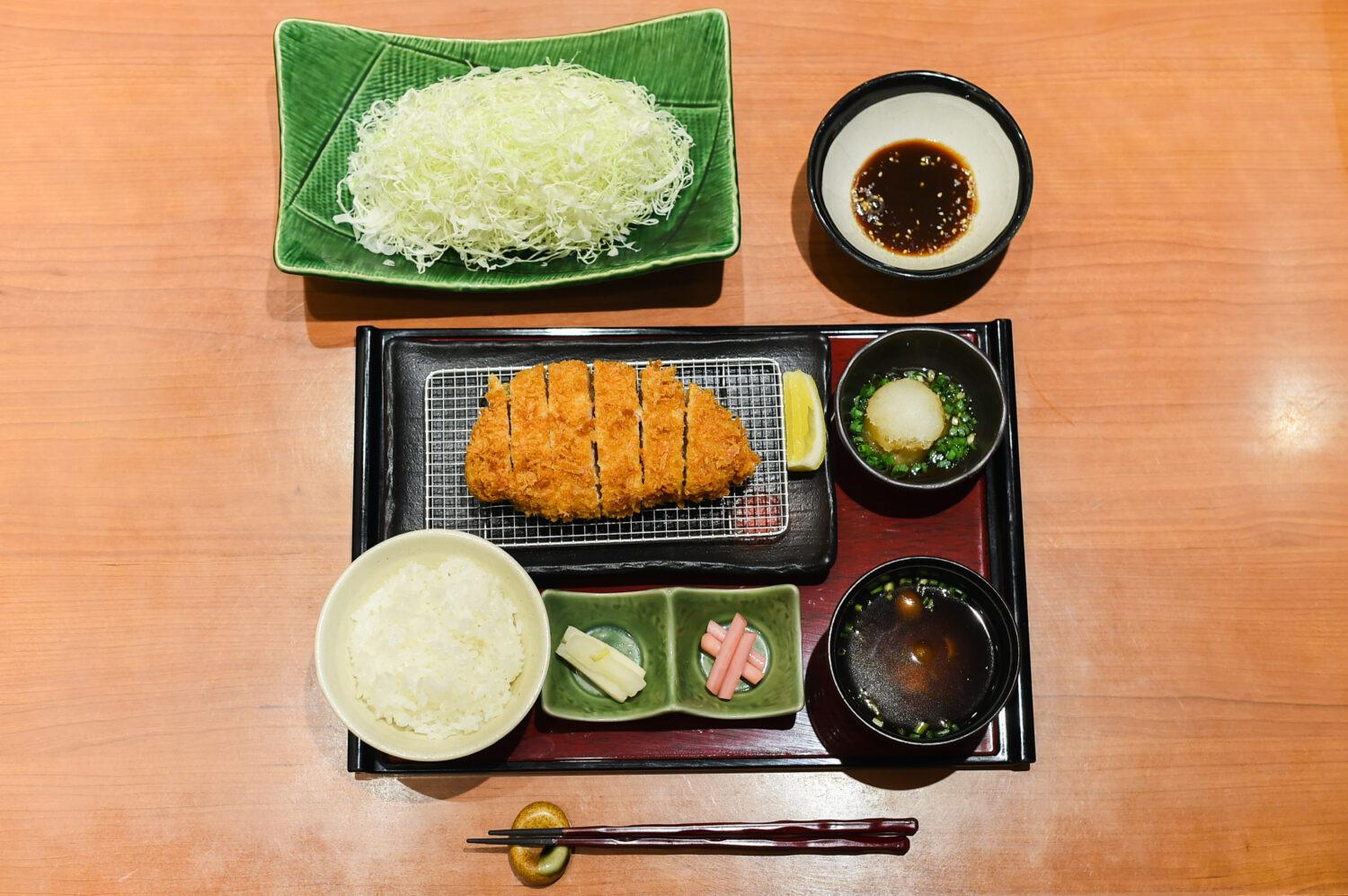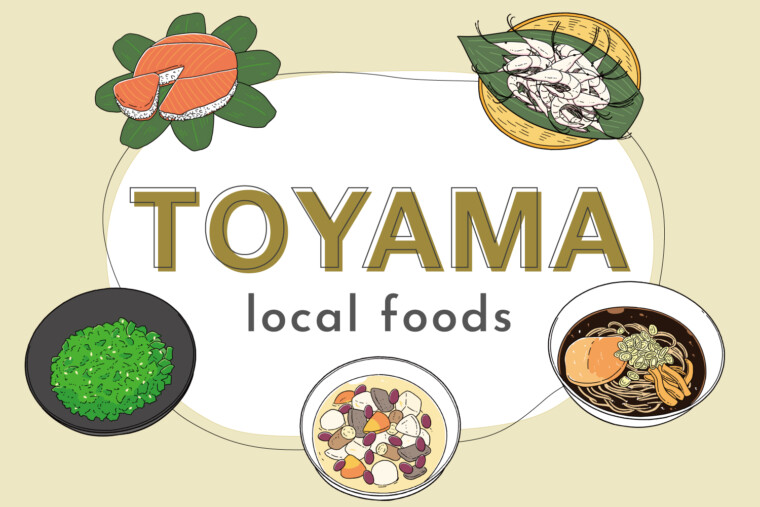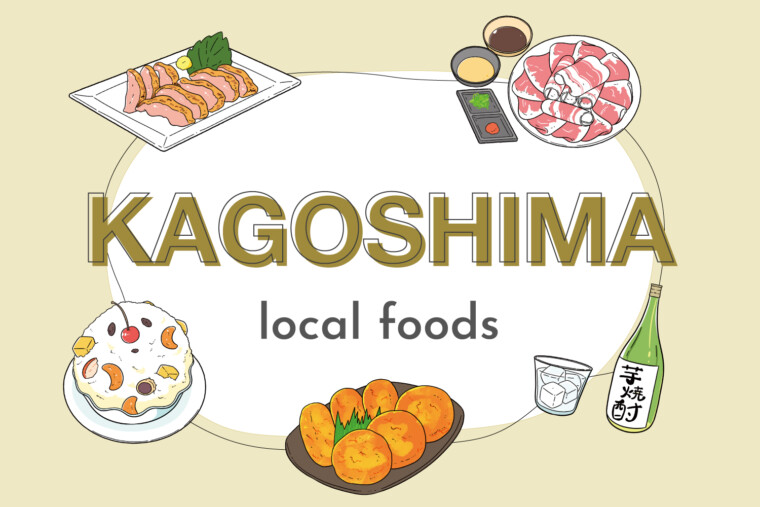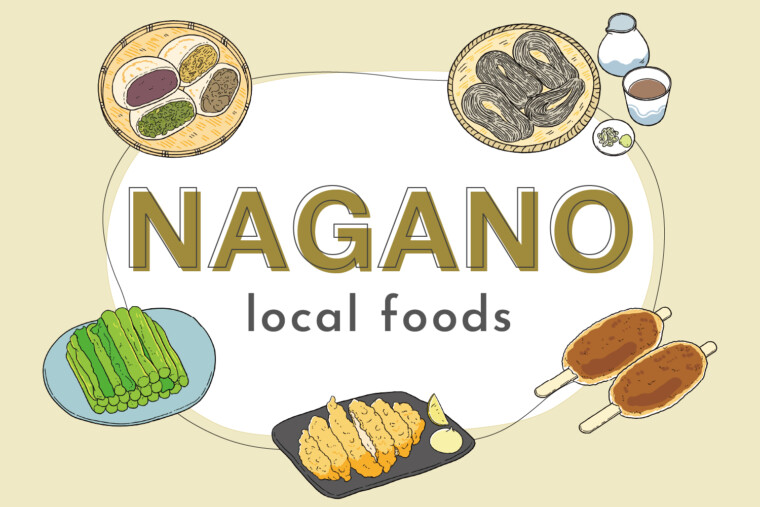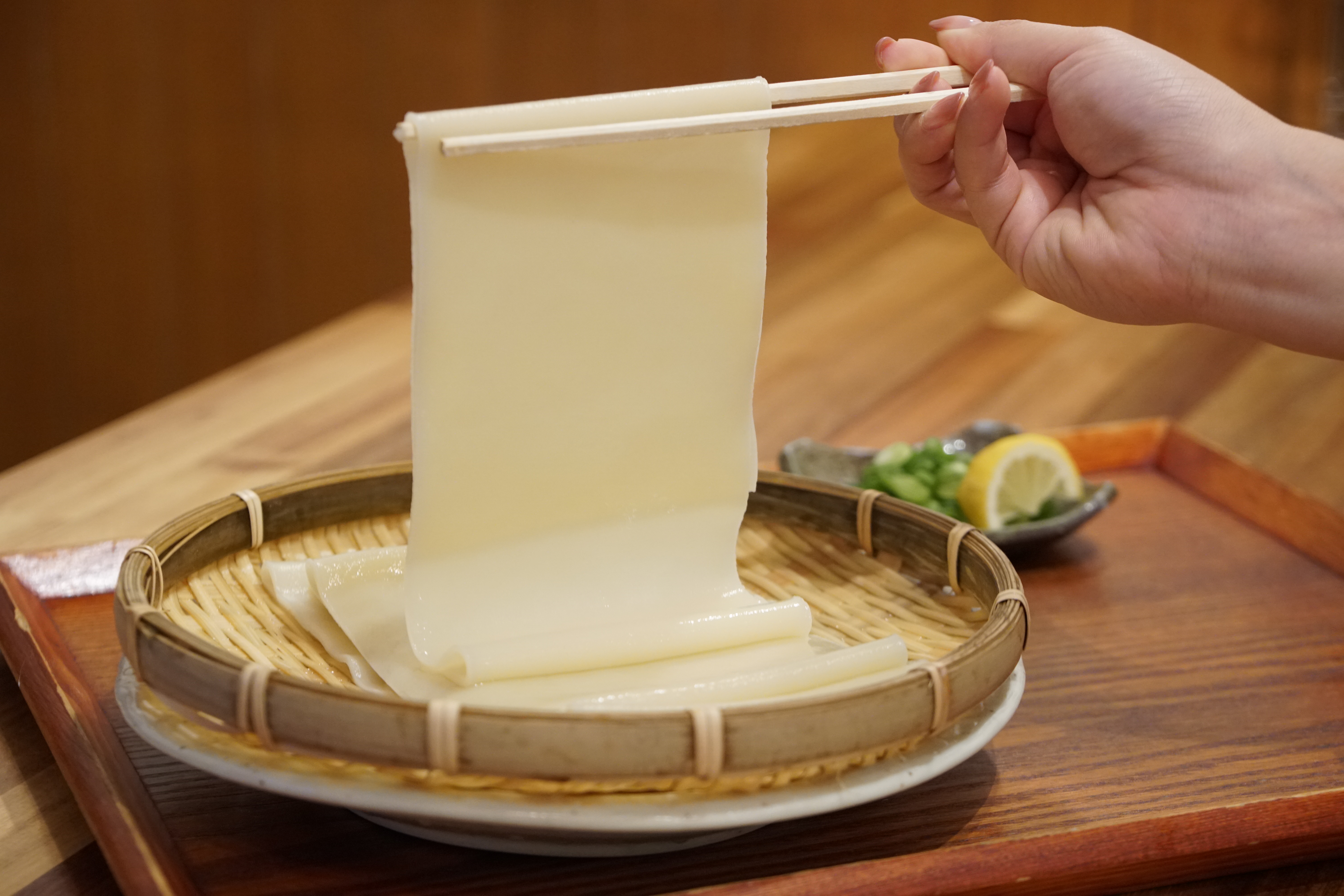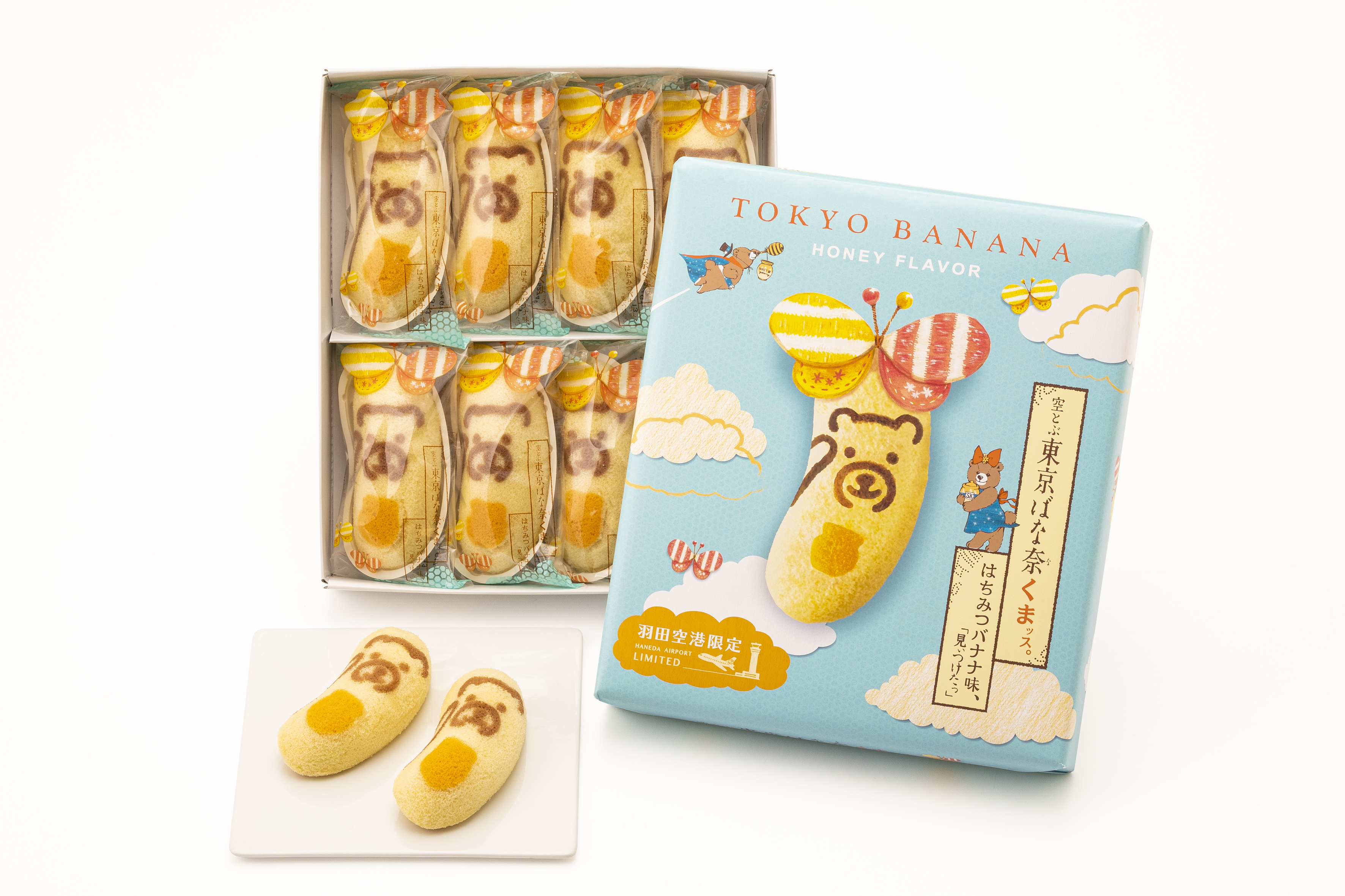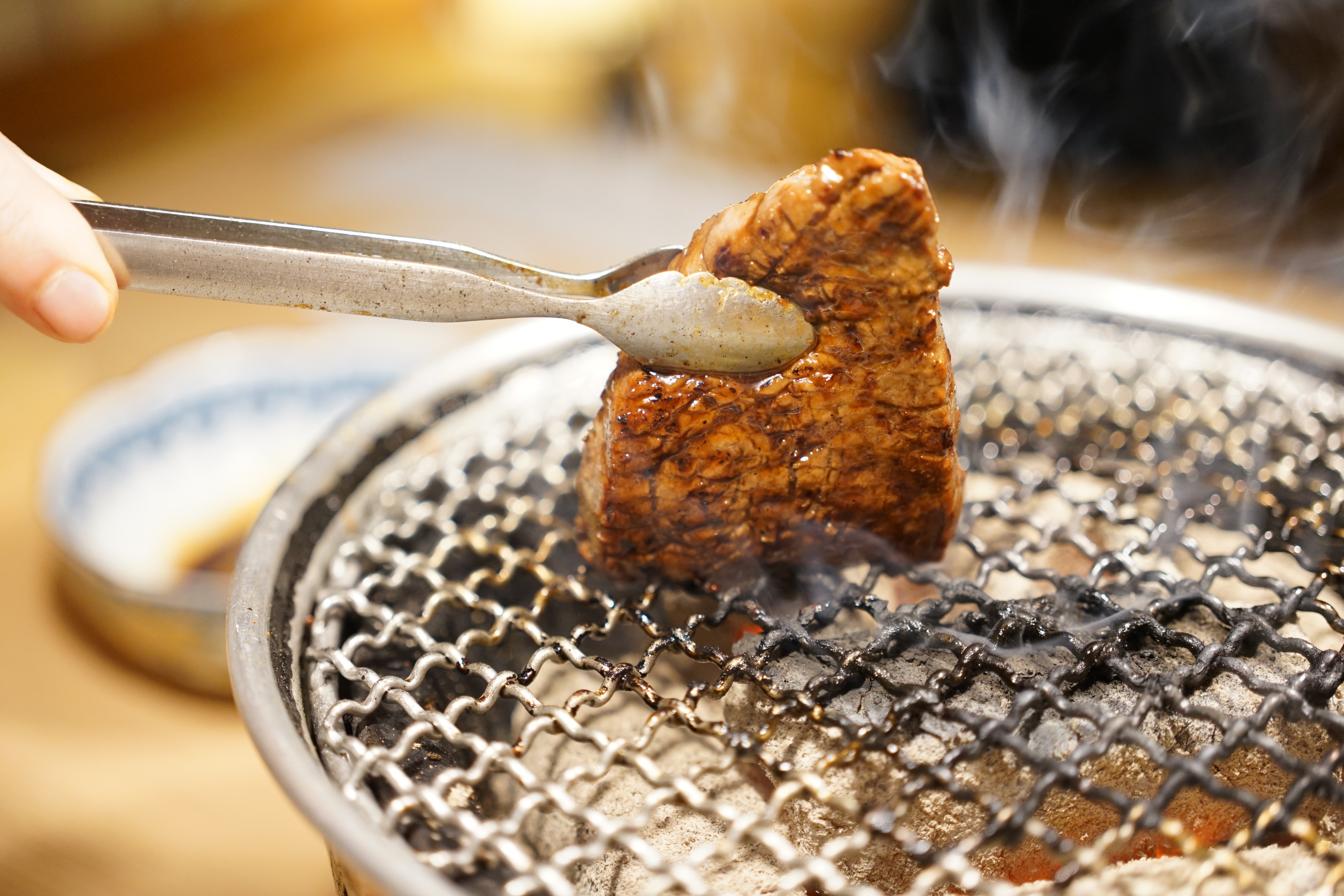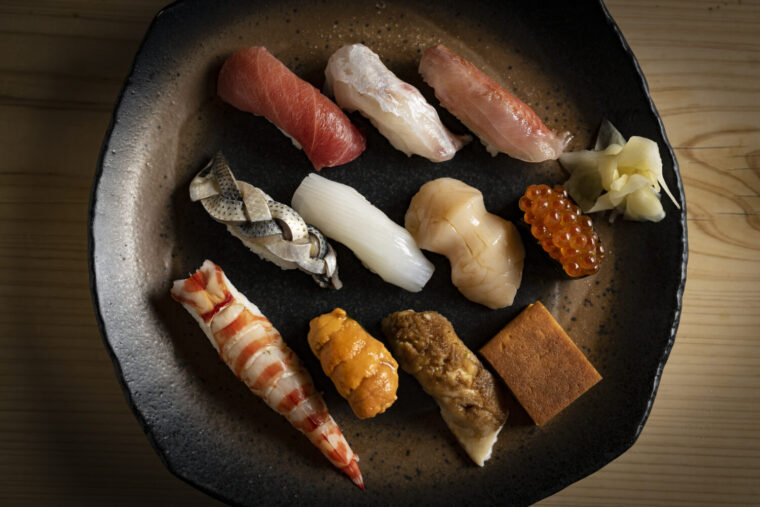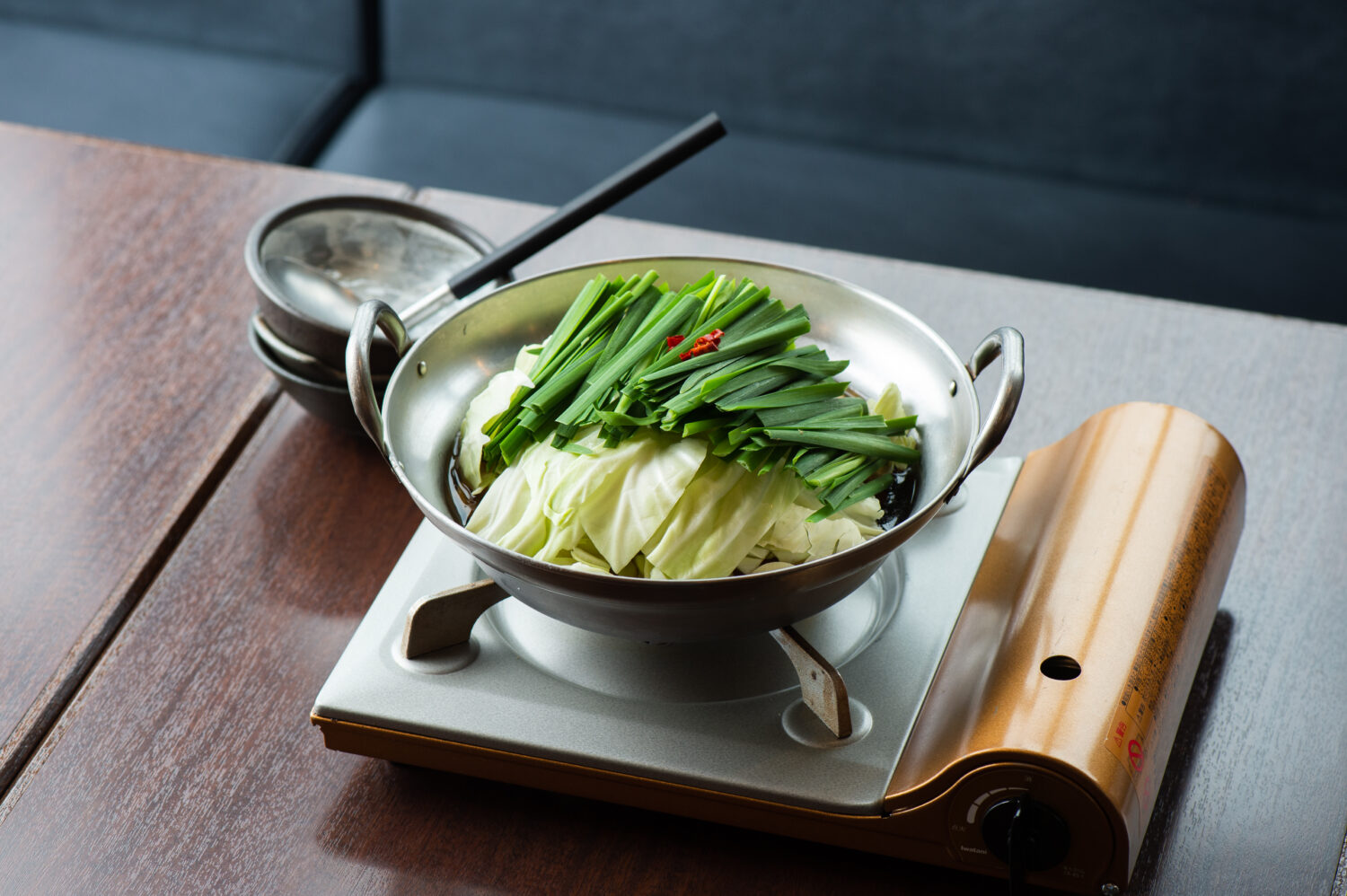
How to eat motsunabe (organ meat hotpot) | Another shime (finishing ingredient) after champon noodles?!
Flavor-packed “motsunabe” (organ meat hotpot) is a favorite dish with origins in Kyushu. As cold weather sets in, motsunabe becomes all the more irresistible. This dish is typically enjoyed in a series of steps. Knowing the process in advance will increase your enjoyment of this dish, so we’ve asked a specialty restaurant for their advice.
share:
Table of Contents
Wait patiently while the ingredients cook
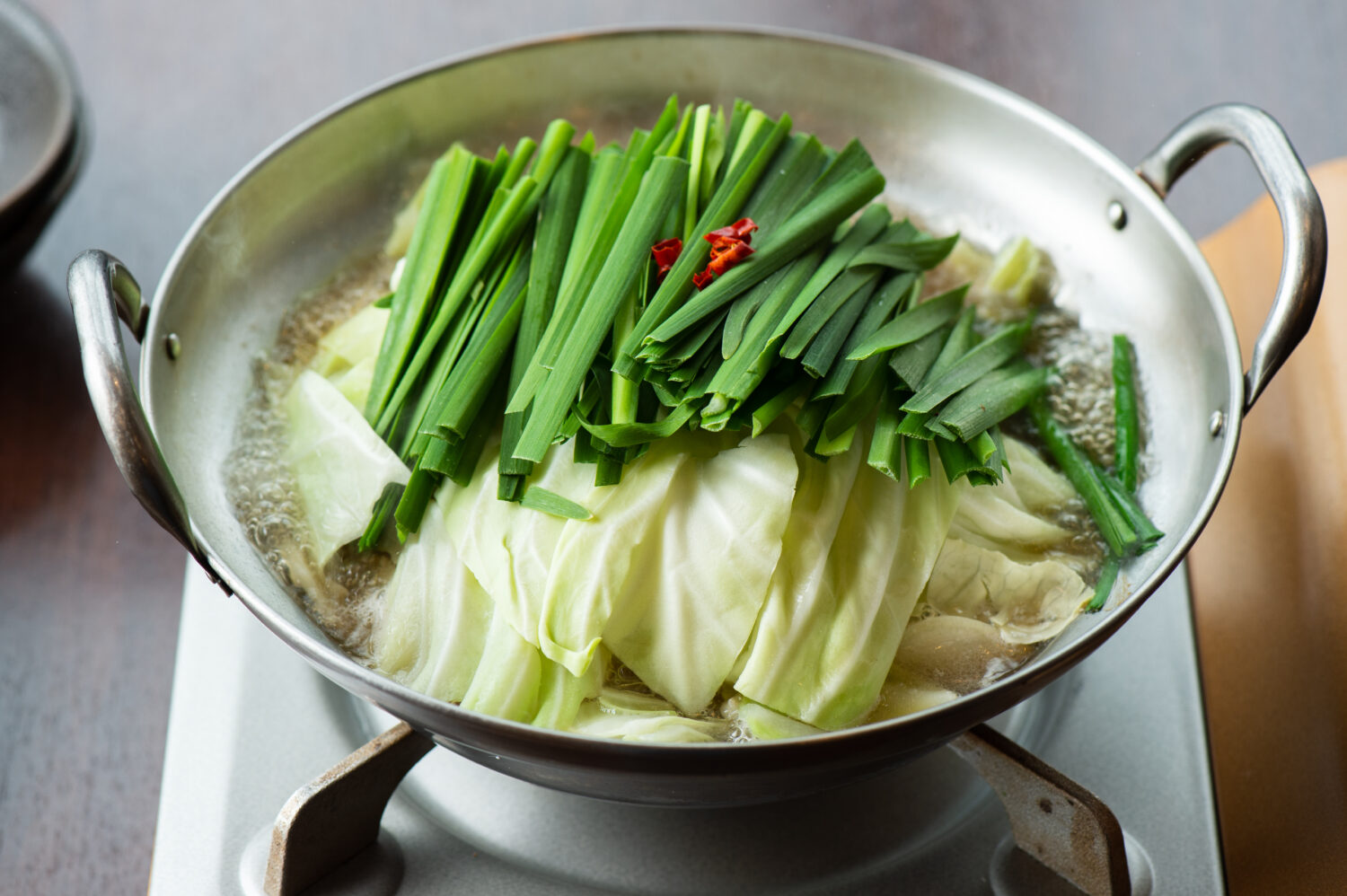
When you order motsunabe at a restaurant, you will be served a pot filled with ingredients and dashi (broth). With the heat on high, bring the entire hotpot up to temperature.

When the broth comes to a boil, turn the heat down to medium. Be careful not to boil the hotpot on high heat for too long – this will reduce the broth too much, making the dish overly salty. Periodically scoop broth over the vegetables to help flavors permeate.
Stir up the entire hotpot
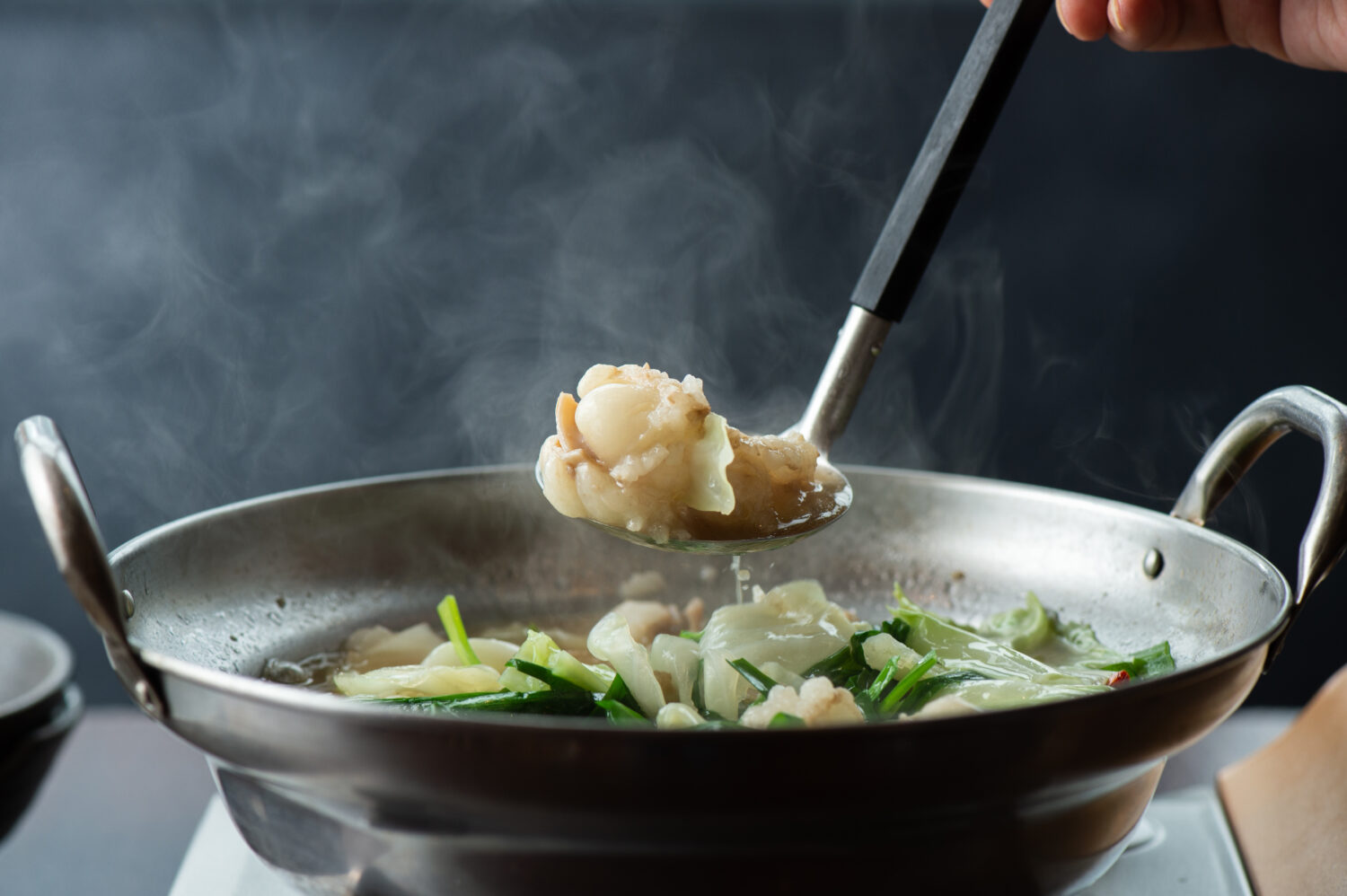
Once the cabbage starts to soften, mix up all of the ingredients. In most cases, the motsu (organ meats) are parboiled in advance, so that they will be perfectly cooked just as the vegetables are ready. It’s best to enjoy the vegetables and motsu before they overcook.
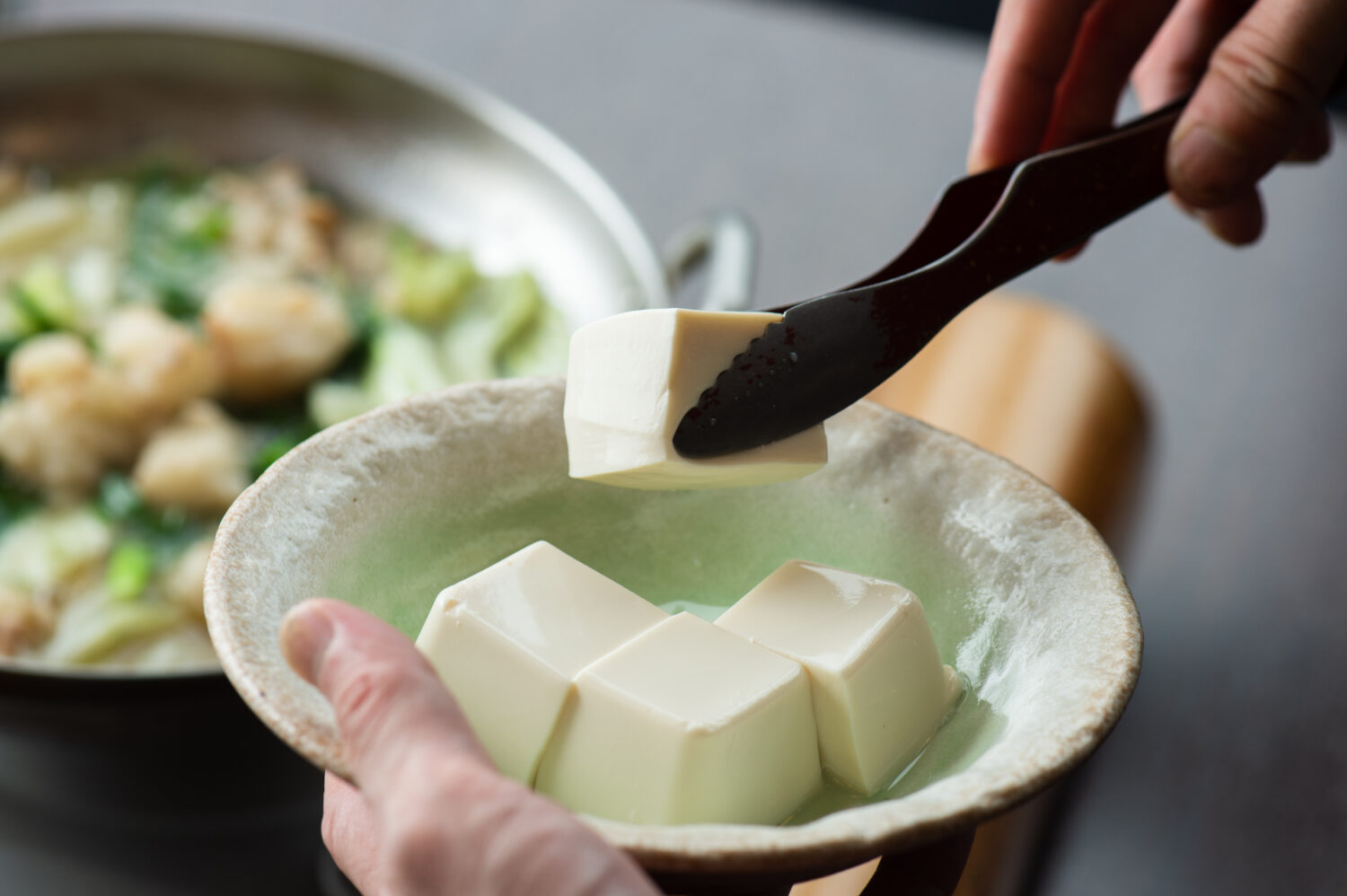
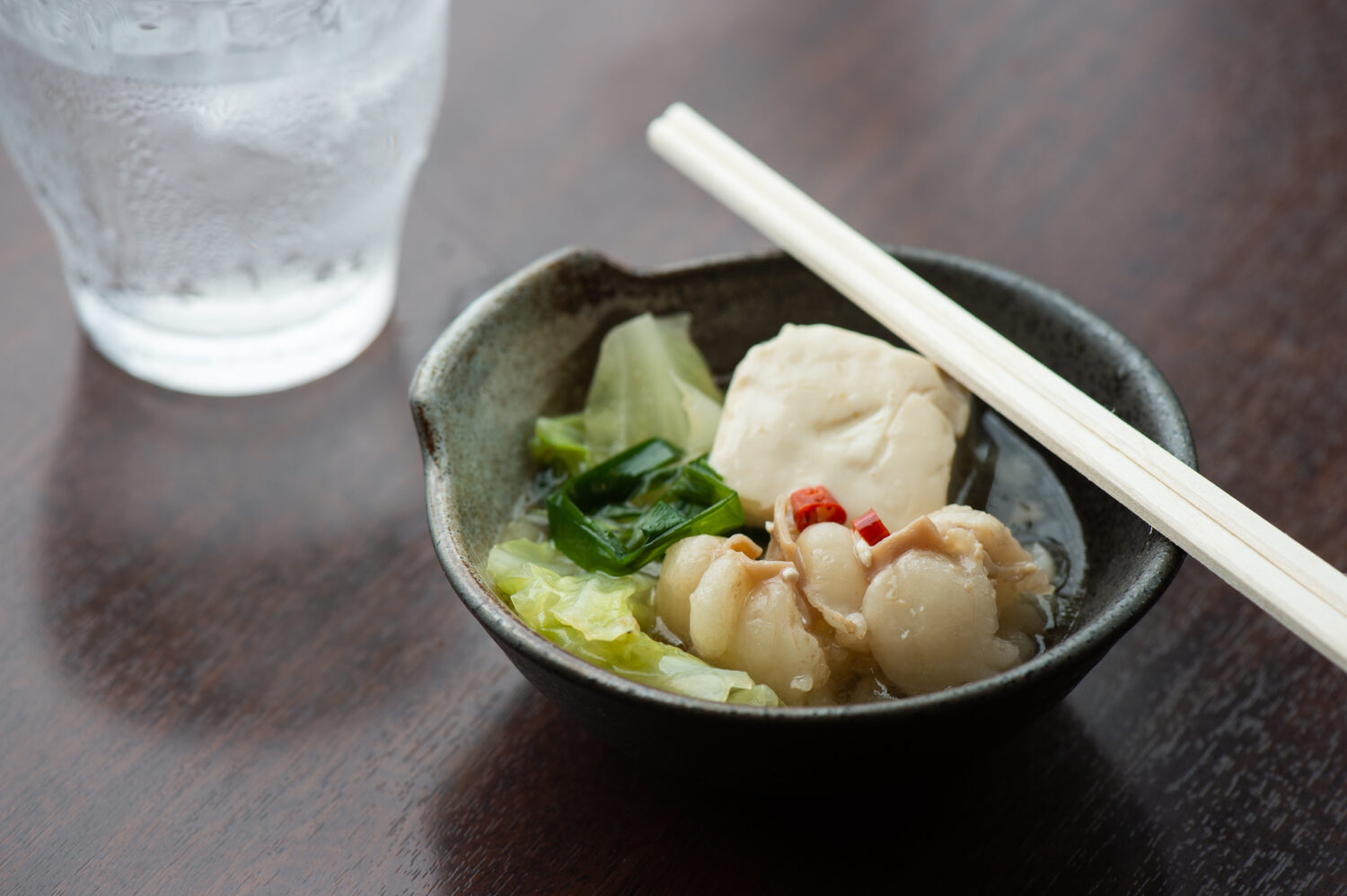
If you have ordered any additional toppings, keep their cooking times in mind as you add them throughout the cooking process. Tofu is a particularly delicious match with motsunabe. Depending on the restaurant, a variety of toppings may be available, so go ahead to try anything that strikes your fancy.
The first shime (finishing ingredient) is champon noodles!

As with many Japanese hotpots, after finishing the vegetables and meat, it is customary to enjoy shime, a finishing course added to the broth, which is normally a starchy ingredient such as noodles or rice. If you are running low on broth, ask your server for some extra.
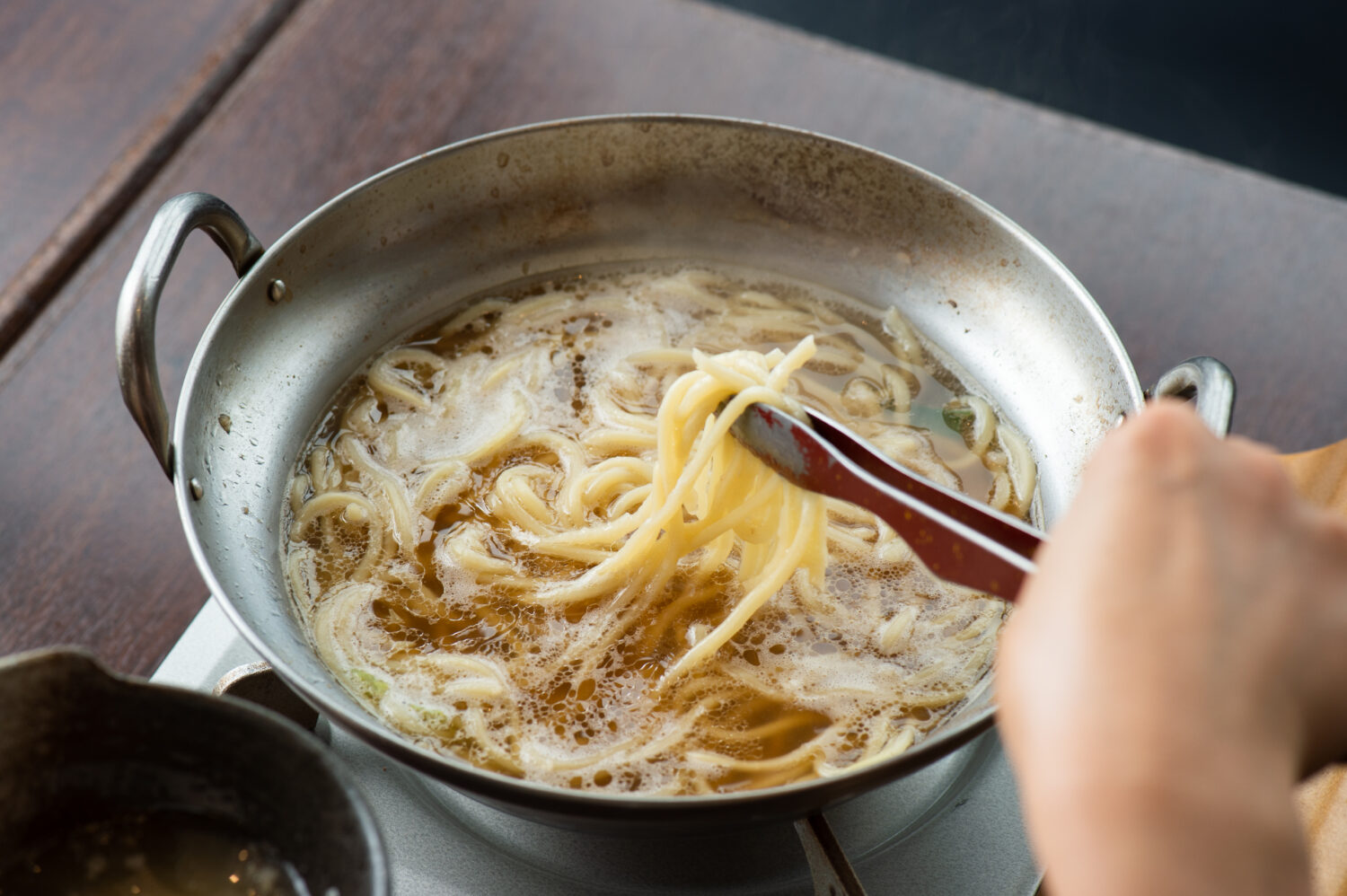
In the case of motsunabe, the classic shime is champon, a type of noodle originating in Nagasaki. Turn up the heat and bring the broth to a boil, then add the noodles. In about two minutes, the noodles will become richly flavored as they absorb the broth – an exceptionally delicious way to experience this hotpot.
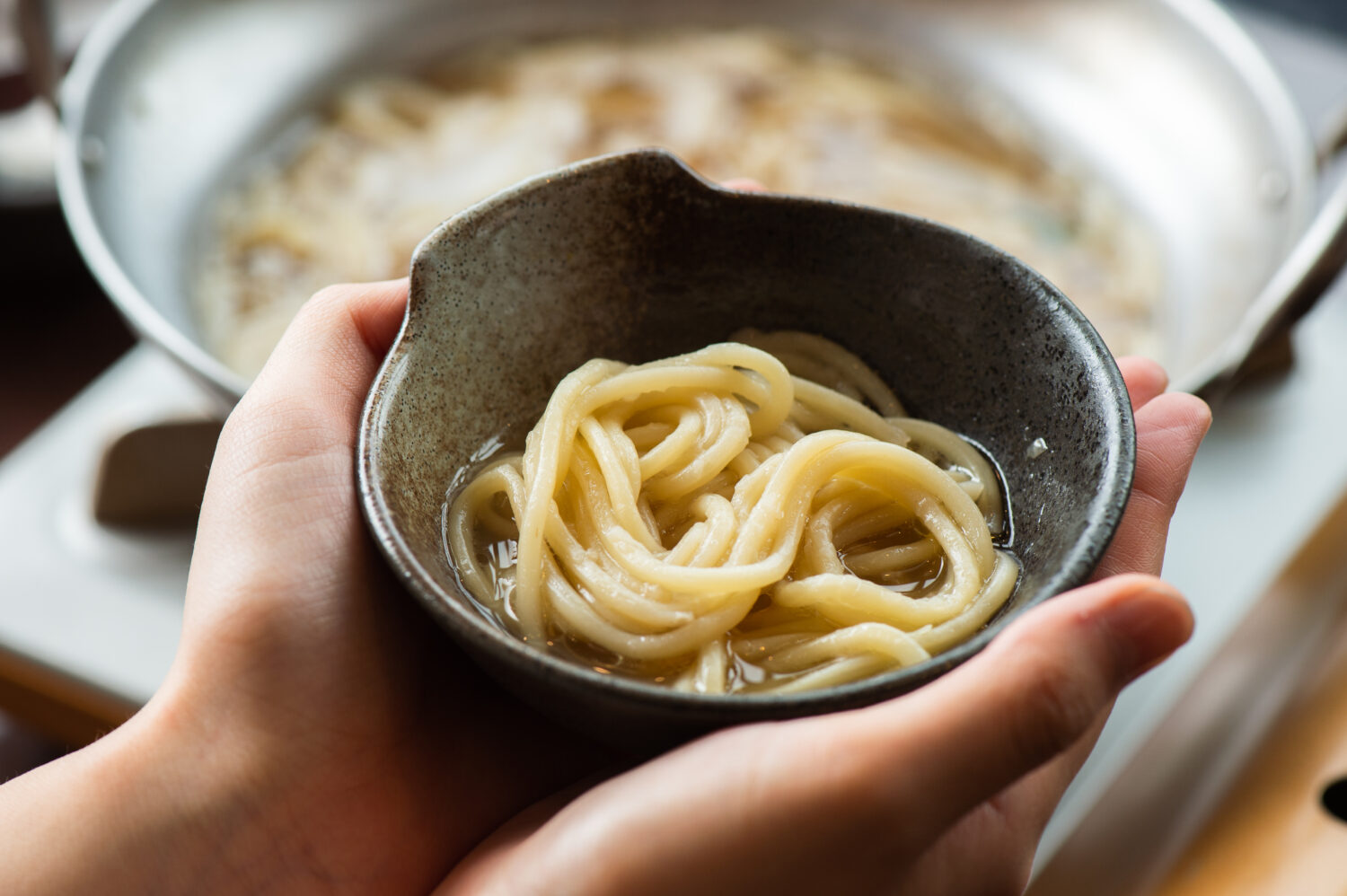
The thick champon noodles have a delightfully springy, toothsome texture. Each bite bursts with flavors of the vegetables and meat.
Finish with a super-savory tamago zosui (egg and rice porridge)!
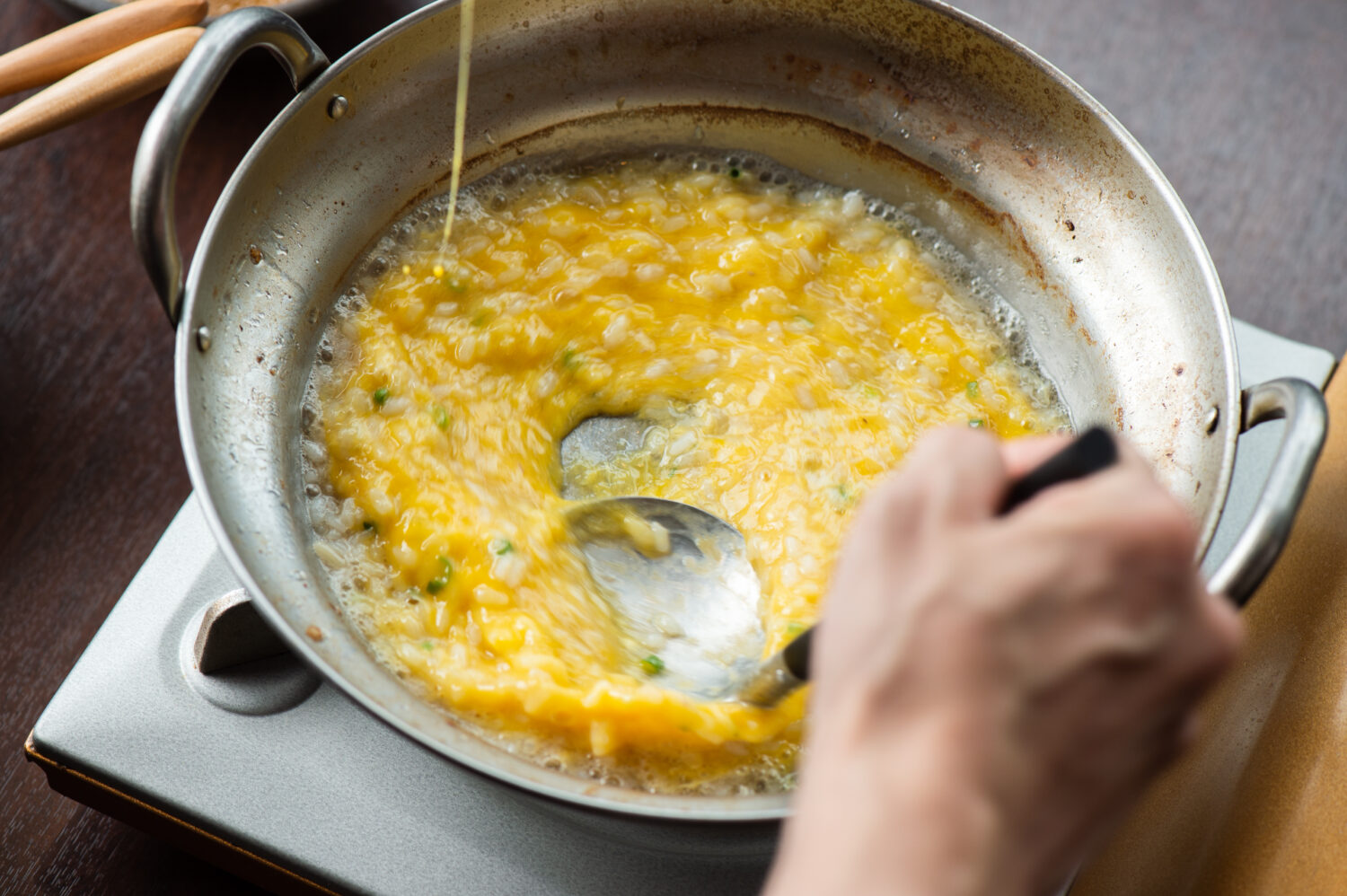
After the noodles, it’s time for rice! After eating the champon noodles, add steamed rice to the broth and turn the heat back on. After the broth reaches a boil, turn off the heat and add beaten eggs, simultaneously stirring with the ladle until the eggs are cooked by residual heat.

The tamago zosui (egg and rice porridge) is now ready. Flavor from the champon noodles has further been imparted into the broth, culminating into one last encore of all the flavors you have enjoyed so far.
Using the remaining broth to cook other foods is just part of the enjoyment of motsunabe. Next time, please try out this “double shime” method!
This izakaya (traditional-style pub) specializes in motsunabe organ meat hotpot, and is renowned for their excellent dashi broth. The broth is made daily using well-aged, thickly-shaved katsuobushi (smoked, fermented skipjack tuna) and Hokkaido makombu (premium kelp). They take particular pride in meticulously preparing the freshest gyu-motsu (beef organ meats) shipped directly from Shibaura. A wide selection of excellent a-la-carte dishes are also offered.
*The information is based on the time of reporting or creation, and may differ from the current situation.
share:










